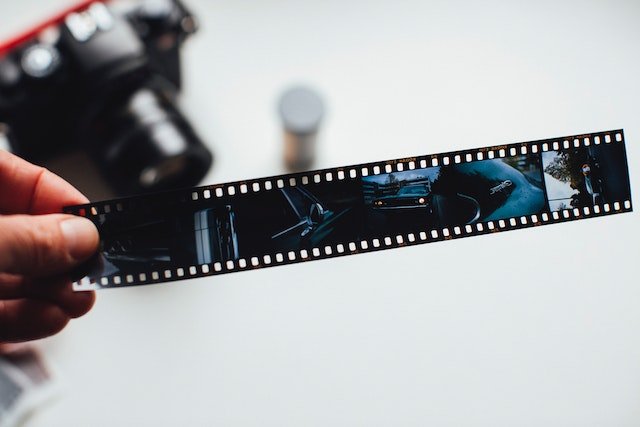Transitions are a crucial part of filmmaking. They help to connect scenes, convey the passage of time, and create a smooth flow between different shots. Filmmakers love transitions because they can be used to enhance the visual impact of a film and add emotional depth to a scene.
There are many different types of transitions that can be used in filmmaking, each with its own unique purpose and effect. Let's take a closer look at some of the most popular types of transitions and how they are used by filmmakers.
- Cut
The cut is the most basic type of transition, where one shot is simply replaced by another. It is used to create a sudden change in time, location, or perspective. Cuts are the most commonly used transition in filmmaking and are often used to create a sense of urgency or to convey a dramatic change in the story.
- Fade
Fades are used to create a slow transition between two shots. The fade-in is often used at the beginning of a scene to introduce a new location or character, while the fade-out is used at the end of a scene to signal the end of an event or the passage of time.
- Dissolve
Dissolves are similar to fades, but instead of fading to black, the first shot slowly fades out while the second shot fades in. Dissolves are often used to create a dreamy or romantic effect, and are often used in flashback sequences.
- Wipe
A wipe is a transition where one shot is replaced by another by a sliding motion. It is often used to create a sense of movement or to show a change in location. Wipes can be used in many different ways, and filmmakers often experiment with different types of wipes to create unique effects.
- Zoom
A zoom is a transition where the camera zooms in or out on a subject, creating a sense of depth or focus. It is often used to create a sense of anticipation or to draw attention to a specific object or character.
- L-Cut and J-Cut
L-cuts and J-cuts are advanced techniques that involve overlapping the audio from one scene with the video from another. In an L-cut, the audio from the first scene continues over the second scene, creating a sense of continuity. In a J-cut, the audio from the second scene is heard before the video, creating anticipation for what is to come.
Filmmakers love transitions because they can be used to create a wide range of effects, from subtle shifts in mood to dramatic changes in perspective. By experimenting with different types of transitions, filmmakers can create unique and memorable films that capture the imagination of their audiences.

